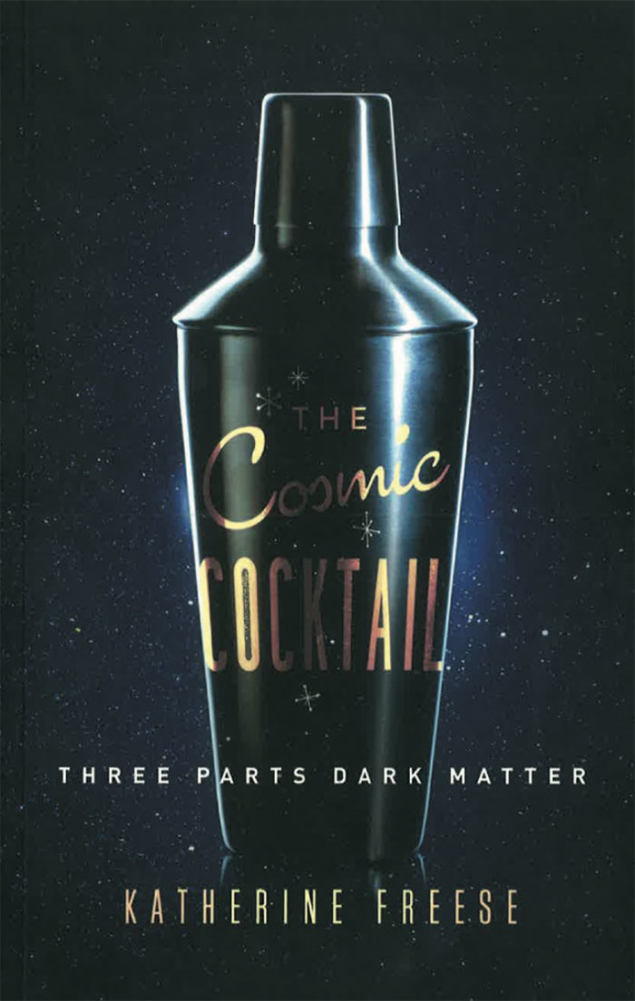By Katherine Freese
Princeton University Press
Also available at the CERN bookshop

This book by Katherine Freese, now out in paperback, is aimed at non-professionals interested in dark matter. The hypothesis that the matter in galaxy clusters is dominated by a non-luminous component, and hence is dark, goes back to a paper published in 1933 by the Swiss astronomer Fritz Zwicky, who also coined the term “dark matter”. But it has only been during the last 20 years or so that we have realised that the matter in the universe is dominated by dark matter and that most of it is non-baryonic, i.e. not made of the stuff that makes up all the other matter we know.
The author explains the observational evidence for dark matter and its relevance for cosmology and particle physics, both in a formal scientific context and also based on her personal adventures as a researcher in this field. I especially enjoyed her detailed, well-informed discussion and evaluation of present dark-matter searches.
The book is structured in nine chapters. The first is a personal introduction, followed by a historical account of the growing evidence for dark matter. Chapter 3 discusses our present understanding of the expanding universe, explaining how much of what we know is due to the very accurate observations of the cosmic microwave background. This is followed by a chapter on Big Bang nucleosynthesis, describing how the first elements beyond hydrogen (deuterium, helium-3, lithium and especially helium-4) were formed in the early universe. In the fifth chapter, the plethora of dark-matter candidates – ranging from axions to WIMPS and primordial black holes – are presented. Chapter 6 is devoted to the LHC at CERN: its four experiments are briefly described and the discovery of the Higgs is recounted. Chapters 6 and 7 are at the heart of the author’s own research (the author is a dark-matter theorist and not heavily involved in any particular dark-matter experiments). They discuss the experiments that can be undertaken to detect dark matter, either directly or indirectly or via accelerator experiments. An insightful and impartial discussion of present experiments with tentative positive detections is presented in chapter 8. The final chapter is devoted to dark energy, responsible for the accelerated expansion of the universe. Is it a cosmological constant or vacuum energy with a value that is many orders of magnitude smaller than what we would expect from quantum field theory? Is it a dynamical field or does the beautiful theory of general relativity break down at very large distances?
Even though in some places inaccuracies have slipped in, most explanations are rigorous yet non-technical. In addition to the fascinating subject, the book contains a lot of interesting personal and historical remarks (many of them from the first- or second-hand experience of the author), which are presented in an enthusiastic and funny style. They are one of the characteristics that make this book not only an interesting source of information but also a very enjoyable read.
As a female scientist myself, I appreciated the way the author acknowledges the work of women in science. She presents a picture of a field of research that has been shaped by many brilliant female scientists, starting from Vera Rubin’s investigations of galaxy rotation curves and ending with Elena Aprile’s and Laura Baudis’ lead in the most advanced direct dark-matter searches. It seems to need a woman to do justice to our outstanding female colleagues.
The fact that less than three years after the first publication of the book some cosmological parameters have shifted and some information about recent experiments is already outdated only tells us that dark matter is a hot topic of very active research. I sincerely hope that the author’s gut feeling is correct and the discovery of dark matter is just around the corner.








